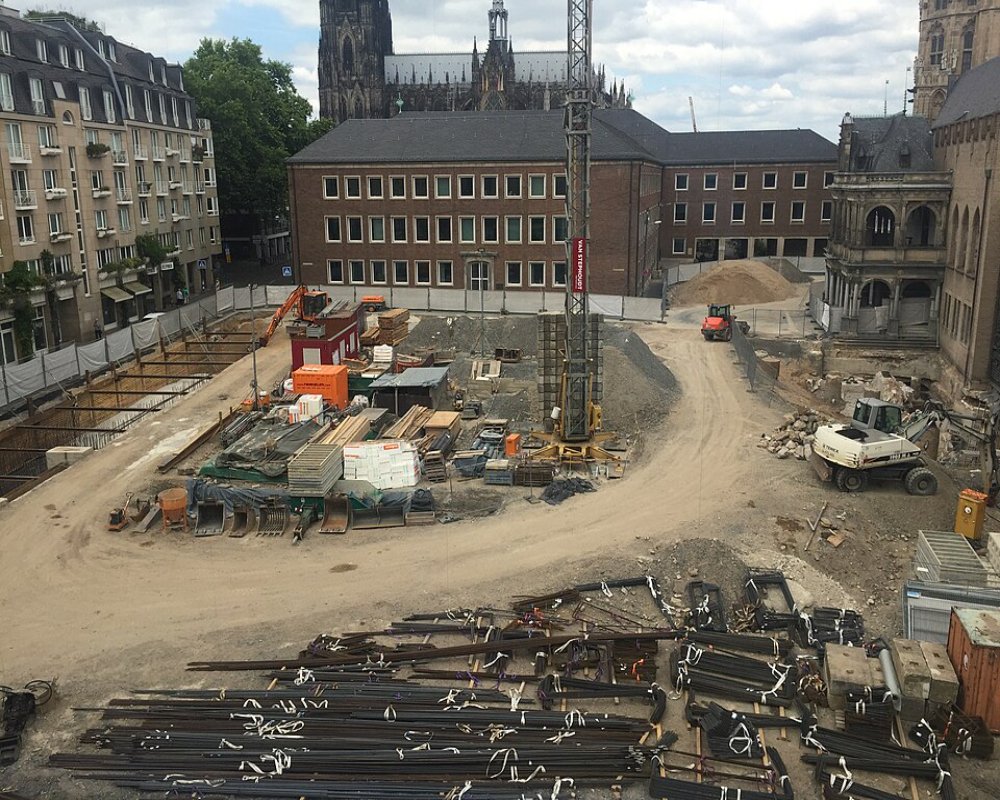Introduction
Site assembly is a foundational component of many land development strategies, particularly in urban environments where parcels of land are often small, fragmented, or already occupied. As cities grow and redevelop, developers frequently find that individual plots are insufficient for large-scale or high-impact projects. Site assembly refers to the process of acquiring multiple, adjacent parcels of land—often from different owners—to create a larger, contiguous site suitable for more comprehensive and profitable development. This approach plays a critical role in facilitating transformative projects such as mixed-use developments, commercial centers, and transit-oriented communities.
Understanding Site Assembly
At its core, site assembly involves strategically identifying, negotiating for, and consolidating smaller land parcels into a single development-ready site. The goal is to create a landholding that is large enough to support the intended development scope, meets zoning requirements, and allows for cohesive planning and design. This process can be complex and time-consuming, as it often requires negotiations with multiple landowners, coordination with municipal authorities, and careful legal and financial planning.
Site assembly is most common in dense urban areas where vacant or large parcels are scarce, and where land values are high. It is particularly useful in areas targeted for revitalization or where zoning changes have increased the allowable density or permitted new uses. By assembling parcels, developers can unlock the full development potential of the area, often significantly increasing the land’s value and utility.
Strategic Importance in Development
From a strategic standpoint, site assembly allows developers to pursue projects that would otherwise be unfeasible. A single small parcel may not offer enough space for required amenities such as parking, green areas, or adequate building footprint. When multiple parcels are combined, developers gain the flexibility to design more efficient, functional, and attractive buildings that meet market demand and regulatory standards.
Moreover, site assembly can be a catalyst for neighborhood transformation. By acquiring and redeveloping underused or deteriorating properties, developers can introduce modern facilities and infrastructure, raise property values, and stimulate economic activity. This is particularly impactful in urban infill or brownfield redevelopment projects, where site consolidation is essential to overcoming physical and regulatory constraints.
Challenges and Considerations
Despite its advantages, site assembly is not without challenges. One of the most significant hurdles is negotiating with multiple property owners, each of whom may have different expectations, emotional attachments to the property, or pricing demands. This can lead to “holdout” situations, where a single owner refuses to sell, potentially delaying or derailing the entire project. Developers must often employ skilled negotiators, offer above-market incentives, or work with local governments to encourage cooperation.
Legal complexities also arise during site assembly. Issues such as title discrepancies, easements, zoning inconsistencies, and historic preservation requirements can complicate the process. In some cases, municipalities may step in to facilitate assembly through tools like land swaps, redevelopment authorities, or, controversially, eminent domain.
Another consideration is timing. Site assembly requires long-term vision and patience, as acquiring multiple parcels may take years. Developers must also assess market timing, financing availability, and regulatory trends to ensure that the assembled site remains viable by the time construction is ready to begin.
Conclusion
Site assembly is a critical and often transformative strategy in land development, enabling the creation of large, cohesive development sites in otherwise fragmented urban environments. By consolidating adjacent parcels, developers can overcome physical limitations, align with zoning opportunities, and unlock higher value and functionality from the land. While the process involves considerable negotiation, legal navigation, and strategic foresight, the long-term benefits often outweigh the complexities. As urban areas continue to evolve, site assembly will remain a key tool for shaping future growth, revitalizing neighborhoods, and enabling ambitious development visions to come to life.
Hashtags
#SiteAssembly #LandDevelopment #UrbanPlanning #RealEstateStrategy #PropertyDevelopment #LandUse #SiteSelection #DevelopmentStrategy #UrbanDevelopment #Zoning #InfrastructurePlanning #CommunityDevelopment #LandAcquisition #RealEstateInvestment #SustainableDevelopment #PlanningProcess #SitePlanning #LandManagement #DevelopmentGoals #SmartGrowth


